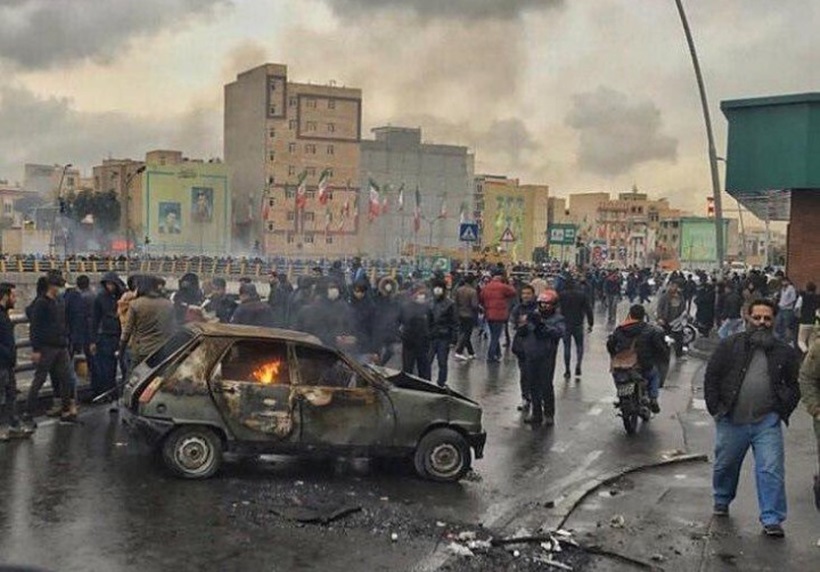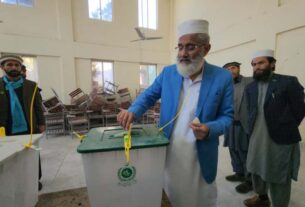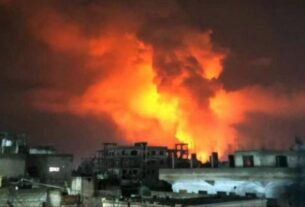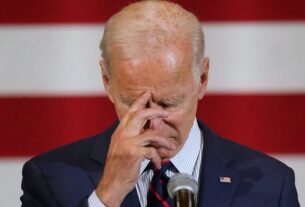Sun 24 November 2019:
Days of widespread anti-government protests and violence in Iran have renewed debate over the status of minorities in the country, with some experts warning that Iranian authorities are blaming minority groups for the unrest in a bid to justify further clamping down on them.
The nationwide protests in Iran erupted late last week because of frustration over an abrupt increase in gas prices by the government.
Watchdog group Amnesty International reported Tuesday that at least 100 protesters had been killed by security forces and more than 1,000 people had been arrested.
The Iranian government has claimed victory over the protests, with some officials calling it an enemy plot led by the United States with the help of opposition groups belonging to minority groups, such as the Kurds in the northwest and Ahwazi Arabs in the southwest.
Iranian regime even arrests Ahwazi Arab women, this footage shows an Ahwazi elderly woman is arrested by Iranian regime thugs who forcibly taking her into their vehicle. #Ahwaz #Ahwazis #IranProtests pic.twitter.com/N5p4RMLM0W
— Rahim HAMID (@samireza42) November 23, 2019
Posted by Salome on Instagram. People screaming “death to khamenei” first nights of the protests. #IranProtests pic.twitter.com/OkR4flcOEt
— Denz Naghisson (@DenzDejawon) November 23, 2019
Meet the real “thugs” of the IRGC and the Bassij of the Iranian regime in plain cloths armed with weapons targeting and arresting the youth in #IranProtests in Kermanshah. Over 300 killed 4,000 injured and 10,000 arrested in protests in 165 cities. Will continue till #FreeIran. pic.twitter.com/PYerTzQEwx
— Alireza Jafarzadeh (@A_Jafarzadeh) November 23, 2019
This video is surreal…
Filmed during recent #IranProtests, you see a wounded man lying in blood while regime agents chase protesters to brutalise them.
This is why the regime shut down the internet.
This is only the tip of the iceberg on what they did to protesters. pic.twitter.com/ak5ijNk2sr
— Masih Alinejad ?️ (@AlinejadMasih) November 23, 2019
Ahwazi Arab protesters in Mohamerah city chant, Mohamerah screams where are my brothers to defend me. #Ahwaz #IranProtests pic.twitter.com/2yqGVfbHTy
— Rahim HAMID (@samireza42) November 23, 2019
New videos are uploaded from recent revolutionary days in Iran #IranProtests pic.twitter.com/7iKBT1sAUl
— ?????? ?????? ▁▂▃▄▅▆█100% (@BehradDashti) November 22, 2019
On Friday, state-run media outlets reported thousands of pro-government demonstrators were on the streets of major Iranian cities, including Tehran, Shiraz, Isfahan, Karaj, Kerman and Zahedan. The pro-government demonstrators, the state media said, chanted slogans against “the rioters and enemies who masterminded the unrest.”
Tehran’s interim Friday Prayers leader, Ayatollah Ahmad Khatami, told the demonstrators that “subversive elements” backed by the U.S. and Saudi Arabia were to blame for the unrest.
Millions of minorities
According to London-based counter-insurgency analyst Raman Ghavami, by portraying the protesters as foreign agents, Iranian authorities are trying to create a narrative to deflect the nation’s attention away from more pressing issues related to bad economic management and the spread of poverty.
With a population of more than 80 million, Iran is predominately ethnic Persian, and the state’s religion is Shiite Islam. The country is home to millions of ethno-religious minorities, such as Kurds, Ahwazi Arabs, Azeris and Baluchis.
Babak Taghvaei, a Malta-based Iran analyst, charged that in addition to the Kurds, the Iranian officials also are placing blame on elements of Ahwazi Arabs in the resource-rich southwest province of Khuzestan. Iranian officials in the past have accused Saudi Arabia and Sunni extremist groups like the Islamic State of attempting to establish a footprint in the region.
Related article:
Special Report: Iran’s Ahwazi Arab Minority: Dissent Against ‘Discrimination’
He said the government often tries to depict the region as a hotbed for terrorism in state media, where “Ahvazi youth appear on TV and are introduced as agents of a notorious armed extremist organization being trained, funded and ordered by enemies of Iran to foment unrest.”
Female activists targeted
According to Shahed Alavi, a Washington-based reporter and expert who closely follows developments in Iran, the government’s campaign to end protests this month also targeted female activists who have been leading female movements in the conservative state.
“It seems that the authorities are adding women to the new list of ‘enemies of state’ by naming them as subversive elements and mentioning the role of female leaders in recent uprising,” said Alavi, who reported that dozens of female activists have been arrested by authorities in recent days.
Iranian state media Thursday and Friday aired a report profiling female activists who were leading the protesters.
The reports follow another televised program earlier this week showing a Kurdish woman identified as Fatemeh Davand allegedly “confessing” to being hired by banned Kurdish opposition groups to lead protesters into violence.
“The propaganda reports on national TV seems to be preparing the ground for authorities to justify their future harsh actions against women-ensued activities,” Alavi added.
Think your friends would be interested? Share this story!





